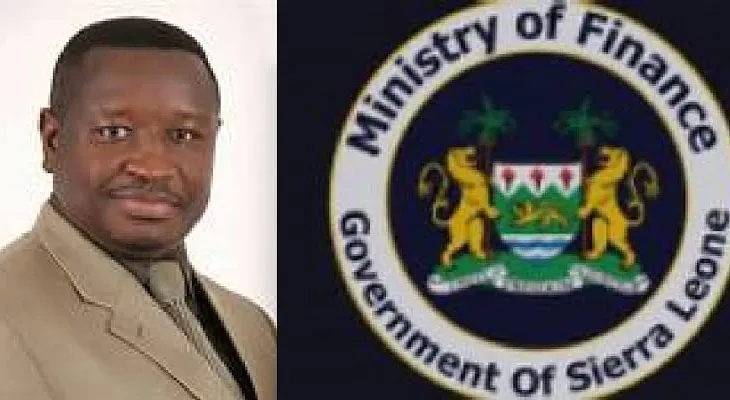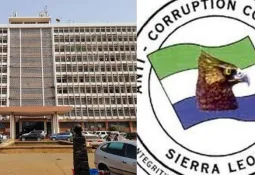
Sierra Leone’s Public Debt Climbs to $3.1 Billion
Sierra Leone’s total public debt has reached $3.1 billion (around NLe 67.7 billion) as of December 2024, sparking fresh concerns about the country’s financial stability. This figure includes $1.8 billion in external loans and $1.3 billion (NLe 28.4 billion) in domestic obligations.
During the first half of 2025, debt servicing—covering interest and repayments—consumed half of all domestic revenue. The government has admitted that these payments have surpassed earlier projections due to elevated Treasury Bill interest rates and unexpectedly large repayments on maturing debt.
The strain on public finances is taking a toll on the government’s ability to fund essential services and development projects. Authorities say this rising debt burden is now a major obstacle in executing the national budget.
To address the issue, a series of new debt management strategies have been introduced. These include reducing public sector borrowing, increasing domestic revenue, and enforcing stricter control over government spending. Officials also aim to move away from short-term, high-interest borrowing instruments like Treasury Bills and instead favor longer-term Treasury bonds with more flexible interest terms.
Efforts are underway to widen the base of investors in government securities, particularly by encouraging greater participation from non-bank financial institutions. The central bank is expected to adopt reforms to reduce risks in bond-related transactions, including applying tighter risk measures.
In addition, there are plans to strengthen regulations for institutional investors and seek more concessional loans and grants from international partners to ease financing pressure.
While Sierra Leone’s debt challenges aren’t new, the growing share of national income being used to service debt continues to raise alarms. The key challenge ahead will be balancing these financial responsibilities with ongoing investment in health, education, and infrastructure critical to long-term growth.
-




















